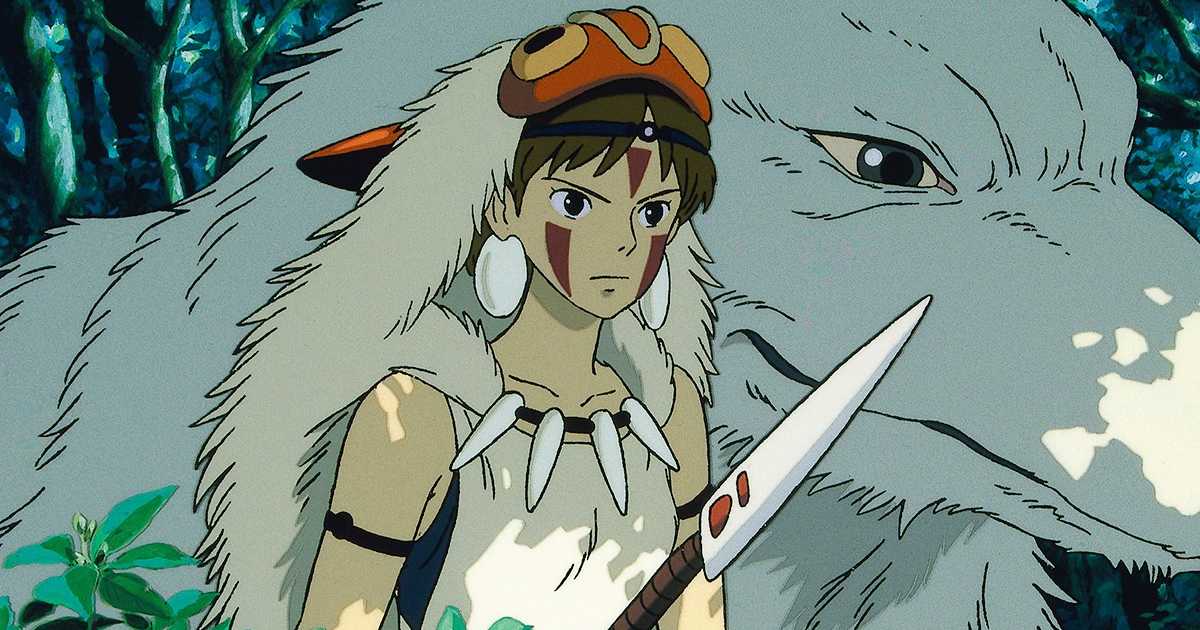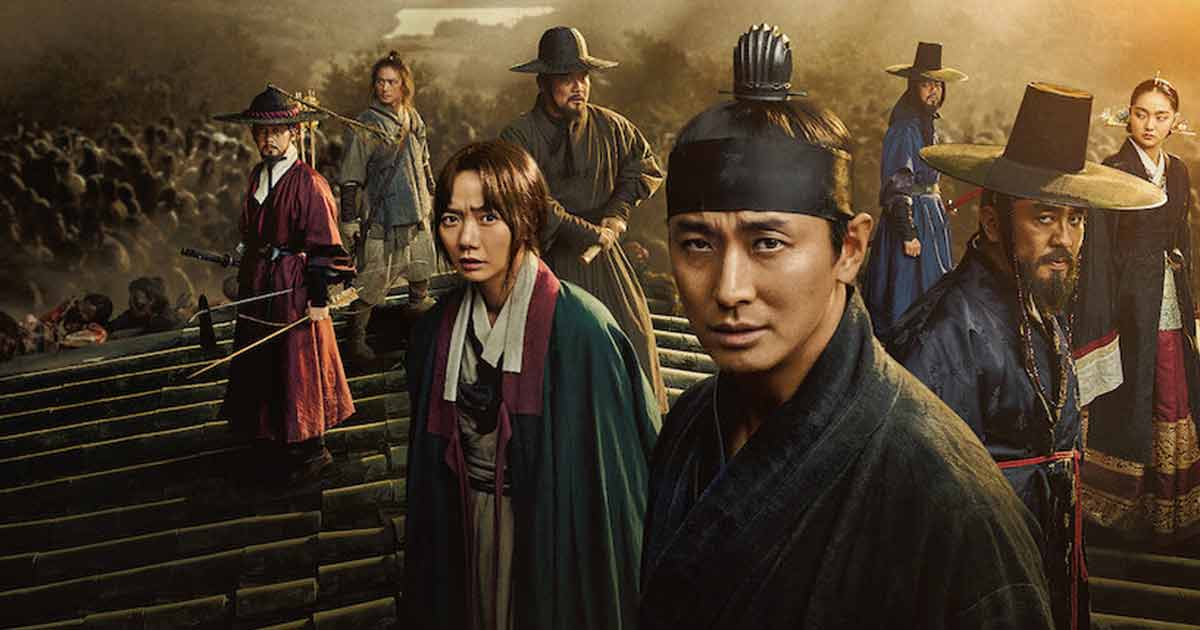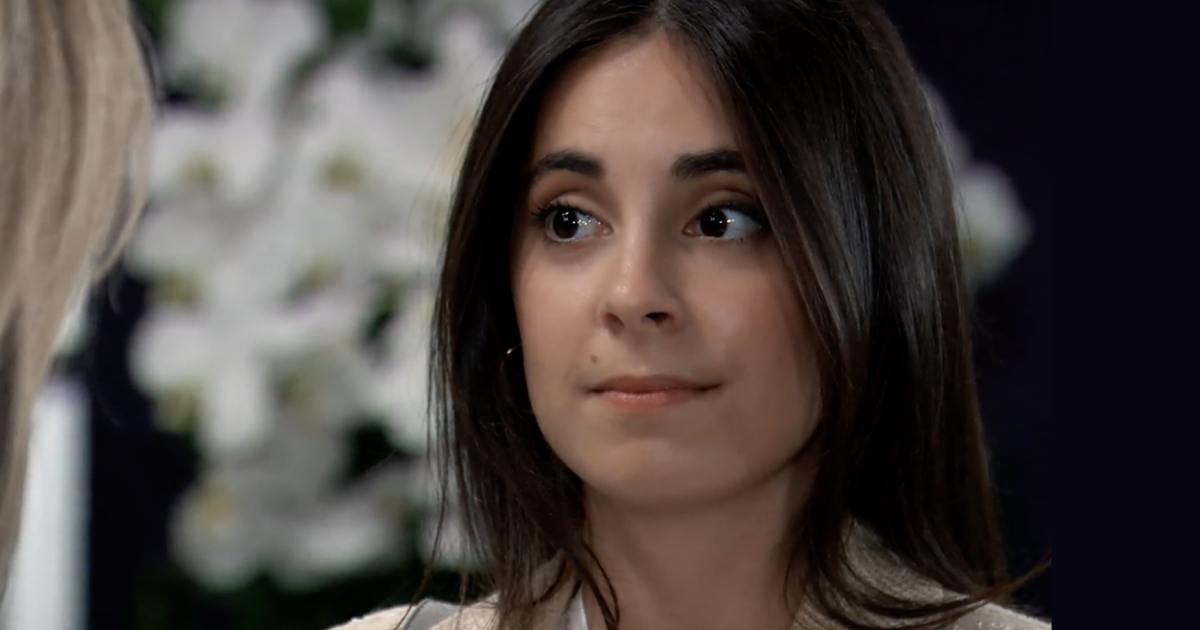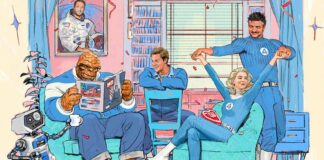
Princess Mononoke thundered onto the screen in 1997, but it wasn’t just another animated film. It was Studio Ghibli tearing off its gentle mask and revealing something far more raw, ambitious, and turbulent beneath.
The pastoral comforts of earlier works were long gone, and in their place stood a sweeping epic, where gods bled, and humanity wavered in shades of grey. It was a tale of nature colliding with machines, and it nearly consumed the very studio that birthed it.
Princess Mononoke (1997) pic.twitter.com/ZEO1bSGc8P
— Anime Aesthetics (@anime_twits) April 12, 2025
The Price of Perfection
Behind the film’s breathtaking landscapes and emotional weight was a production that teetered on the edge of collapse. As tireless as he was uncompromising, director Hayao Miyazaki demanded nothing short of perfection, where every leaf, gust of wind, and glint in a character’s eye was hand-crafted with obsessive care.
The studio’s resources were funneled into the project with such ferocity that had it failed, Studio Ghibli would’ve likely crumbled. The stakes were sky-high, and sleep was a luxury, and the lights rarely went off in the studio. Staff members curled up between desks during marathon work sessions. The atmosphere buzzed with both creative fire and quiet dread.
Trending
And yet, amid the storm, something remarkable took root—an unwavering commitment to mentorship. Newcomers weren’t just handed grunt work and shooed away, and they were immersed. Regardless of prior experience, animators were stripped back to the fundamentals with bouncing balls, hands in motion, and the simplicity before the complexity. French animator David Encinas found himself in this crucible after a serendipitous meeting with Miyazaki, and instead of being sidelined, he was drawn directly into the fold. Ghibli, even while stretched thin, chose to teach and to believe.
One Floor, One Family
Unlike the hierarchical, often siloed structure of Western animation houses, Ghibli thrived on proximity. From directors to assistants and from veterans to rookies, everyone shared space, exchanged notes, and corrected each other’s frames. Status didn’t shield anyone from menial tasks, and even legends were seen dipping brushes or adjusting keyframes. This flat, almost familial approach turned the studio into a living organism, with every cell buzzing with shared purpose.
Anime : Princess Mononoke pic.twitter.com/3Y5rgWZbEu
— anime aesthetics (@aesthetxcs_Pics) April 9, 2025
But such intensity couldn’t last forever. The film shattered box office records, lifting Ghibli into the global spotlight, but the victory came at a quiet cost.
Animator Yoshifumi Kondō, once seen as Miyazaki’s natural heir, passed away shortly after its release, an early death many believe was hastened by the crushing pressure. Princess Mononoke’s triumph is both a milestone and a memorial, forged from sleepless nights and relentless passion.
For more such stories, check out TV updates
Follow Us: Facebook | Instagram | Twitter | YouTube | Google News



 Follow Us
Follow Us









